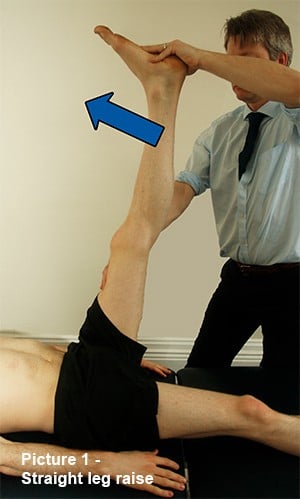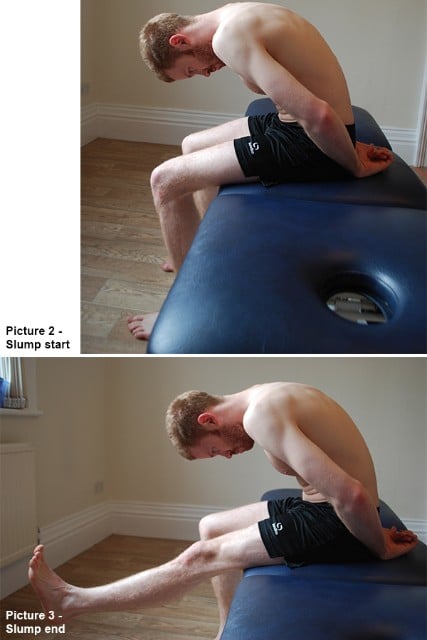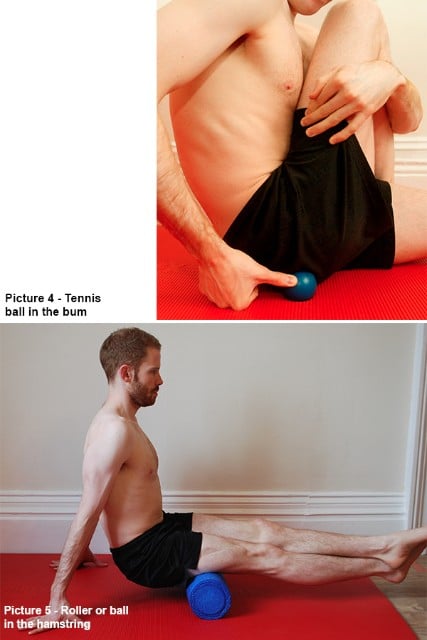Nerve pain in the lower back is often felt alongside other issues. Find out about the symptoms, tests and treatment for the problem.
The nerves can become very irritable especially in long term back pain cases. The cause of the back pain may well have settled – most disc and facets do in 6 weeks, but there can often be symptoms that linger. These have several guises, actual pain – mostly aches, but also numbness, pins and needles, burning and weakness.
What happens to cause nerve pain?
When the nerve is irritated by the mechanical cause of the original back pain it alters its behaviour. It becomes more irritable and reacts in a very amplified way. The threshold at which the nerve endings send signals to the brain is lower. Thus, the nerve is hypersensitive to any stimulus even normal movements.
You often get these symptoms alongside a disc or a facet issue, or even a muscular one. This is the symptom that often lingers.
How to assess your back pain
Essentially you will be back to normal activities after your acute episode and be moving around relatively freely. Indeed, when you are moving the symptoms will tend to be at their best. It is when you stop that they kick in. Further the more you have done, pain free or not, the worse it is as it becomes irritable.
Testing is not easy and is based more on symptoms than easily seen discrepancies. The Straight leg raise test seen previously can be revealing.

If there is pain on straight leg raise it is a sign that the nerve is being pressed or irritated. This means that when your affected leg is taken up, as in the picture, the range available on the affected leg is at least 20 per cent reduced by pain when compared to the other side.
Slump test
There are some tests that can be used by your physio to assist the diagnosis if you are concerned and it would be worth getting this opinion. However, you can make a start yourself and work towards a diagnosis.
Sit with your leg over the edge of a chair and put your arms behind your back and chin on your chest. Curl your upper and lower back forwards so you are slumping. Point your foot and slowly straighten your knee. When it reaches as far as it can slowly pull your toes up towards you.
You should feel a pull in the back of the knee, bum and sometime base of the back.
Keeping the leg static slowly look up towards the ceiling. The pull in the leg should disappear.

Compare it to the other side. The range the leg goes to before pain, the location of the pain and the change when looking at the ceiling should all be pretty much the same.
If they are then this is normal and shows the nerve is happy.
If you have a completely different pain or pull distribution and the range is much shorter (more than 10 per cent) and it recreates your pain then the nerve is unhappy and there might be a disc issue as well. Please read the disc article.
How to treat it
Once you are happy the mechanical reasons for the nerve being pinched have eased then it is time to work on the mobility of the nerve.
Nerves slide and glide across all of the other structures in the body, often through tight nooks and around corners. The nerves need to move easily in relation to their surroundings and if they cannot their inherent irritability upsets it and contributes to the pain. Also, when irritated the nerve becomes somewhat swollen further affecting normal slide and glide.
Restoring normal motion to the nerve goes a long way to reducing this irritability and stiffness. You do this by simple stretching movements but very carefully as an irritable nerve is easily flared up.
Slump slide and glide
Use the seated Slump Test position to mobilise the sciatic nerve. Position yourself as shown in the image. Take your chin to your chest then extend the leg with the foot pointed away. Then pull your foot up at the same time as lifting your head upwards. You may feel a bit of a pull but essentially it should be pain free.
Repeat this motion 20 times, twice in a row and then 4 times a day. This will have the effect of mobilising the nerve and easing the symptoms over a few days.
There is always protective muscle tightness with nerve related pains. Stretching for the hip, the bum muscles, the hamstrings and the lower back into flexion can also be useful. These need to be easy, comfortable stretches (although there does need to be a stretch). There should not be nerve pain as such. Repeat these 4 times a day for a couple of minutes each.

Physio treatment
A good assessment which tells you that your symptoms are the irritated nerve and that the mechanical aspect of the problem are resolving is helpful from a mental perspective. Knowing what you are dealing with is half the battle. Your Physio will work on the nerve mobility and the tightness in the muscles as well as help you with advice on how best to treat this issue.
In conclusion
Low back pain is immensely debilitating but extremely common. There are many different causes and those described above are the most common. We have not touched on specific bone issues or on the long-term causes and weaknesses that lead to episodes. Try the above assessments and exercises outlined and see if they help.
The vast majority of cases settle in a few weeks without any more treatment required. It is only when episodes become frequent that you should really seek help.
For more information on lower back pain injuries, visit our 'Introduction to lower back pain' article.














